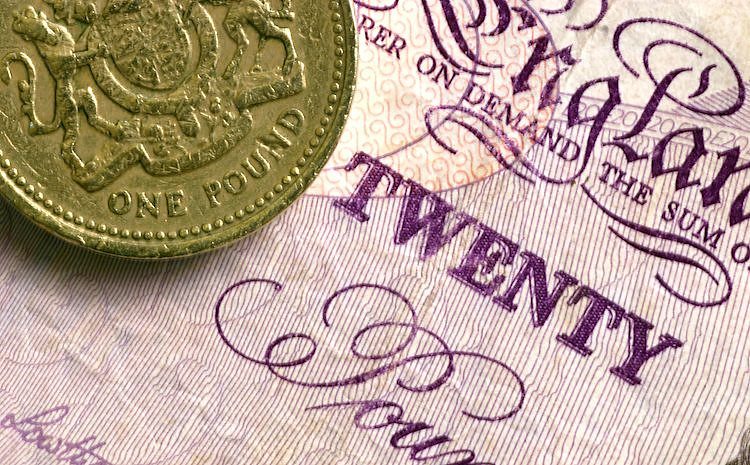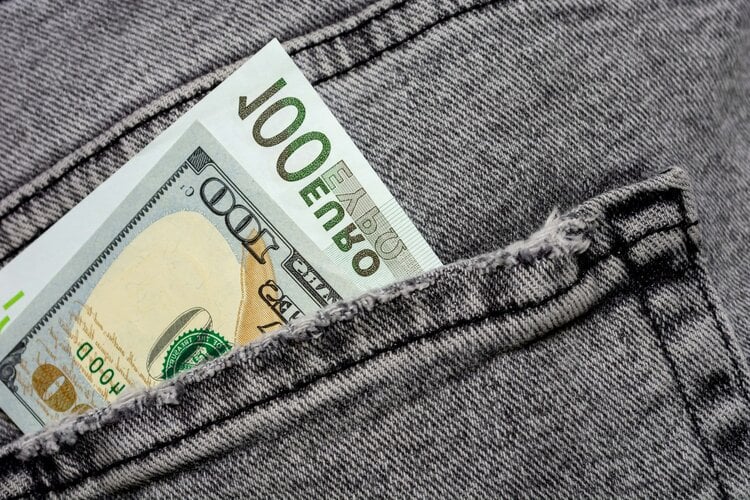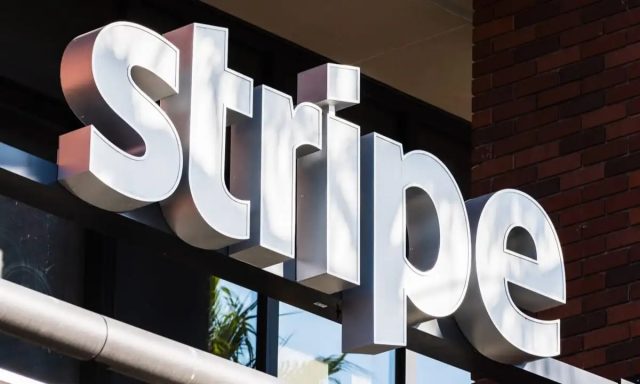THE construction recorded the eighth consecutive quarter of growth, helping the rise of 1.2% in the Gross Domestic Product (GDP ) in the second quarter and 3.2% compared to the same quarter of 2021.
Component of the industry industry which advanced 2.2%, construction increased 2.7% compared to the first quarter of 2022, and 9.9% compared to the same period of 2021.
In the first half of the year, construction was the industrial activity with the highest growth, with 9.5%.
The performance was better than expected, and confirms signs of other indicators in the sector that pointed to a growth in activity, according to Ana Castelo, coordinator of Construction Projects at FGV Ibre. For her, the result shows an acceleration, and should lead to the elevation of projections for 2022.
One of the data that already indicated a positive number for the segment in the period is the increase in the number of people employed in the sector.
According to data from caged compiled by Abrainc (Associação Brasileira das Incorporadoras Imobiliárias), the construction sector was responsible for opening more than 184 thousand formal vacancies from January to June 2022.
Of this total, 85,131 were for the construction of buildings, 63,066 for Specialized Services for Construction and 36,551 for infrastructure works. The sector accounted for 13.8% of the generation of formal jobs in Brazil during the first semester.
“Caged showed that construction is part of 5% of the workforce, but was responsible for 15% of the new jobs generated, that is, it generates three times more than its share”, observes José Carlos Martins, president of the Brazilian Chamber of Industry. of Construction (Cbic).
Resilience
For Castelo, the result in the second quarter indicates a resilience of the construction even with a more adverse economic scenario, of fees high, and is also linked to the sector’s particular cycle, which is usually longer.
“The activity today reflects investments, decisions, for some time. In the real estate market, we had a good cycle in the last 2 years, favored by the period of low interest rates and a shift in household savings, with many launches and sales that now translate into works ”, he explains.
She points out that even the secondary market, for used properties, also helps, with a greater demand for renovations. There is also a cycle of investments in public works of election years .
The researcher points out a resilience in the sales of real estate market at a high level even with high interest rates, which is still ensuring a positive cycle even with a slower growth rate.
At the same time, there is a change in composition, with “middle and high incomes leveraging the market, while social housing suffers the most”.
The president of Cbic highlights that the numbers for the second quarter “show the strength, strength that civil construction is having at this moment, with growth of 10.5% in 12 months”.
Martins points out that, while Brazil is at 0.3% of its peak of economic activity, civil construction is 23% below its peak of activity, indicating that there is still room and potential for growth.
“We have strong growth, we are strong in the activity, and we have a lot to grow and to be able to return to society better works, quality of life and employment”, he says.
Castelo, on the other hand, notes that, if the current growth level were extended, without any increase in the next semester, the sector would end 2022 with a high of 7%.
However, “maintaining this level is a challenge, because the perspective is that investments in the electoral cycle will lose strength, and one cannot forget that there is a smaller market for reforms, which should also affect performance”.
There is also the weight of high growth in 2021, such as 4.4% in the third quarter, creating a greater basis for comparison. Therefore, Castelo’s expectation is for a weaker semester, with the sector ending the year with a high close to 5%.
“Considering the cycle, the real estate market should remain an important force, but public investment is the big point. We’re seeing more complicated federal and state finances, so it’s an area that’s losing steam. 2023 should still be a good year, the question is how resilient this cycle is”, evaluates the researcher.
A positive point, he points out, is the recent cycle of federal concessions which should lead to an increase in private investment, but which should not fully offset a decline in recent years in public investment in infrastructure .
In addition, the sector can benefit from the prospect of a slowdown in rising costs, with cheaper commodities, which would especially favor the reform and social housing segments, but “there are many issues that still do not allow us to say that this perspective will come true. If it does, it should help.”
Source: CNN Brasil
I am Sophia william, author of World Stock Market. I have a degree in journalism from the University of Missouri and I have worked as a reporter for several news websites. I have a passion for writing and informing people about the latest news and events happening in the world. I strive to be accurate and unbiased in my reporting, and I hope to provide readers with valuable information that they can use to make informed decisions.






